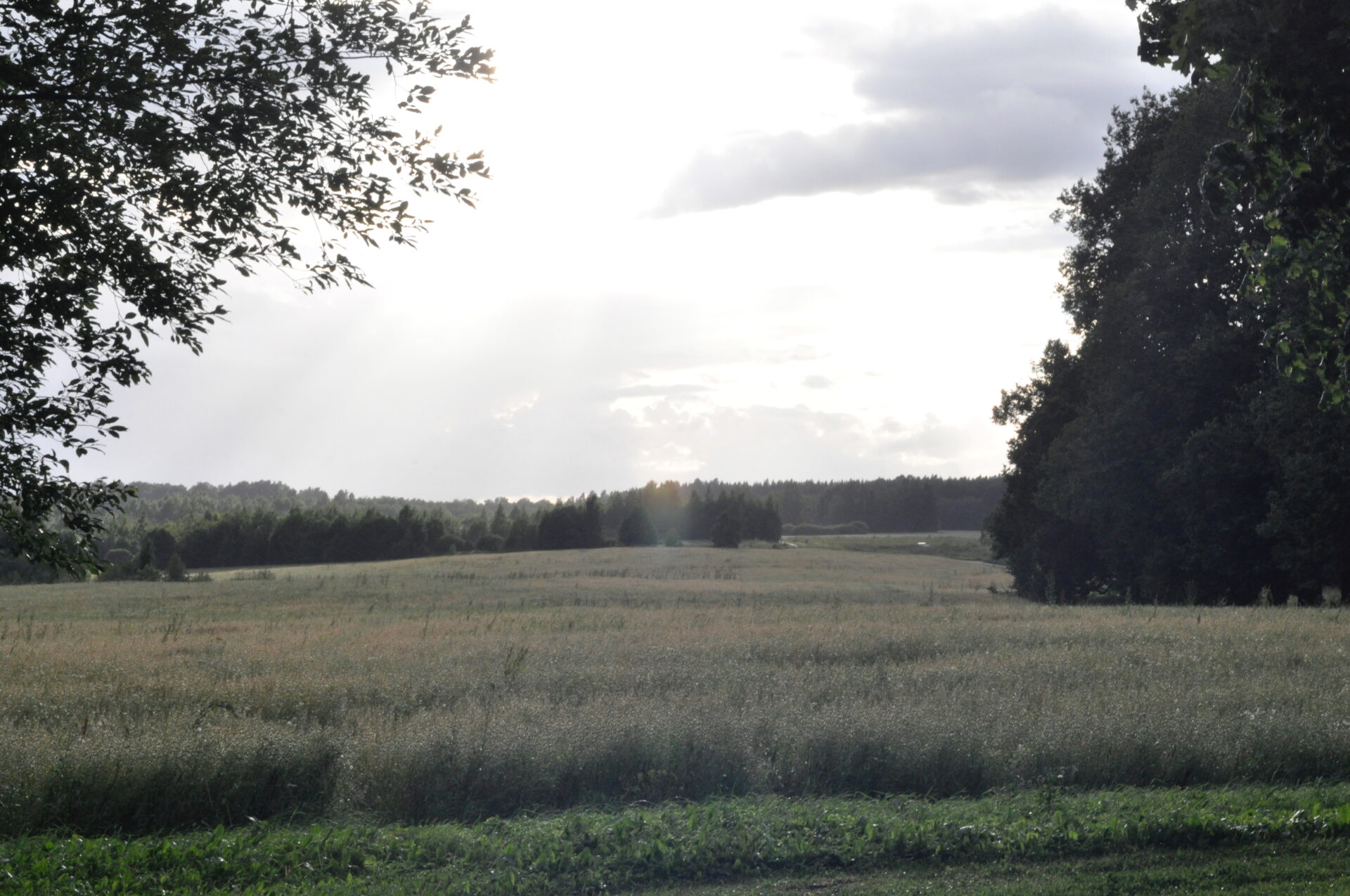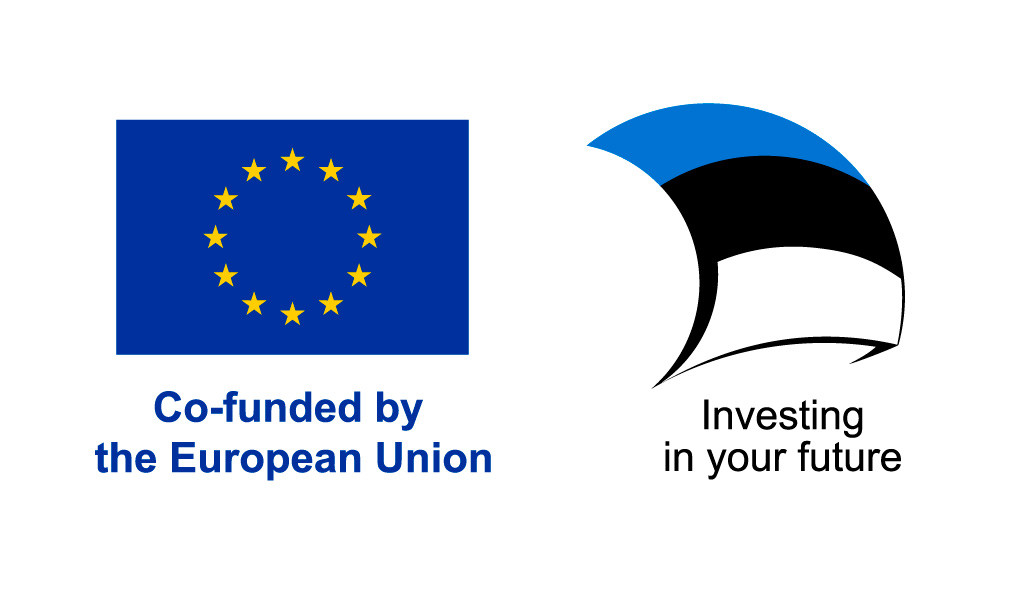- Home
- Circulars
- Programme
- Programme scheme
- Plenary talks
- Book of Abstracts
- List of symposia
- Symposium A.1: Power imbalance and hierarchies in Finno-Ugric studies
- Symposium A.2: Shifting and competing ideologies in minority language development and language maintenance
- Round-table: Finno-Ugric Studies meeting the People
- Symposium B.1: Prehistoric lexical layers in Saami and Finnic
- Symposium B.2: Perspectives on Saami with a particular focus on the smaller languages
- Symposium B.3: South Estonian within and beyond Uralic studies
- Symposium B.4: The size of Uralic nominals
- Symposium B.5: Verbalization of motion events in Uralic
- Symposium B.6: Grammatical Subjects and Objects in Uralic
- Symposium B.7: Clause combining in Uralic languages
- Symposium B.8: Epistemic categories in Uralic and beyond
- Symposium B.9: Discourse particles in the Uralic languages
- Symposium B.10: Marginal phonemes
- Symposium B.11: Prosody of Uralic languages
- Symposium B.12: Building diachronic corpora for minority languages
- Symposium C.1: Reappraising Public Representations of Finno-Ugric Identities
- Symposium C.2: The Possibilities of Studying Finno-Ugric Religions in a Changing World
- Symposium C.3: The winter in Finno-Ugric cultures
- Symposium C.4: Traditional Creation and Modern Experience in Folk Music Revival
- Symposium D.1: Transdisciplinary approach in the studies of the human past
- List of accepted papers
- Receptions
- Book presentations
- Venues
- Excursions
- Guided city walks
- Guided tour through the Estonian Literary Museum
- Introducing the University of Tartu Archives of Estonian Dialects and Kindred Languages (FULLY BOOKED)
- Excursion to Setomaa (FULLY BOOKED)
- Barge trip on the river Emajõgi (FULLY BOOKED)
- Guided tour to the Tartu KGB Cells Museum (CANCELLED)
- Guided tour to the A. le Coq Beer Museum
- Practical information
- About CIFU
- Appeal for South Estonian
- Gallery

Congressus XIV Internationalis Fenno-Ugristarum
Symposium B.11: Prosody of Uralic languages
Organizers: Pärtel Lippus, Eva Liina Asu (University of Tartu), Katalin Mády (HUN-REN Hungarian Research Centre for Linguistics)
Uralic languages share a number of prosodic features but have also acquired new ones via numerous contacts with typologically unrelated contact languages. While historically Uralic languages are considered to have relatively simple prosody (including fixed word level stress), it has been shown that several of the languages can be characterised by complex interrelations between word and utterance-level prosody as well as between phonological and morphological constraints (see Pajusalu 2022). Uralic languages are often quantity languages, and some Finnic and Saami languages have developed tree-way quantity systems that also include three-way oppositions of consonants. However, this is a late development in all these languages and is therefore realised differently in the respective languages.
On the whole, many more studies have been carried out on the prosody of Hungarian, Finnish and Estonian than on other smaller Uralic languages, many of which are endangered, and proportionally, there are more studies on word prosody (quantity and stress) than on sentence prosody (Pajusalu 2022). The main goal of the symposium is to bring together researchers working on various empirical, typological and/or theoretical questions related to the prosody of Uralic languages. This symposium invites papers on a wide range of prosodic features of Uralic languages, including quantity, stress, rhythm, and intonation, but also microprosody and suprasegmental features of coarticulation, etc. The symposium continues the tradition of Finno-Ugric/Uralic Prosody workshops held in Tartu (2015), Budapest (2017) and Helsinki (2019).
References
Pajusalu, Karl. 2022. Prosody. In Marianne Bakró-Nagy, Johanna Laakso & Elena Skribnik (eds.), The Oxford Guide to the Uralic Languages, 868–878. 1st edn. Oxford University Press. https://doi.org/10.1093/oso/9780198767664.003.0043.
Contact person: Pärtel Lippus partel.lippus@ut.ee



